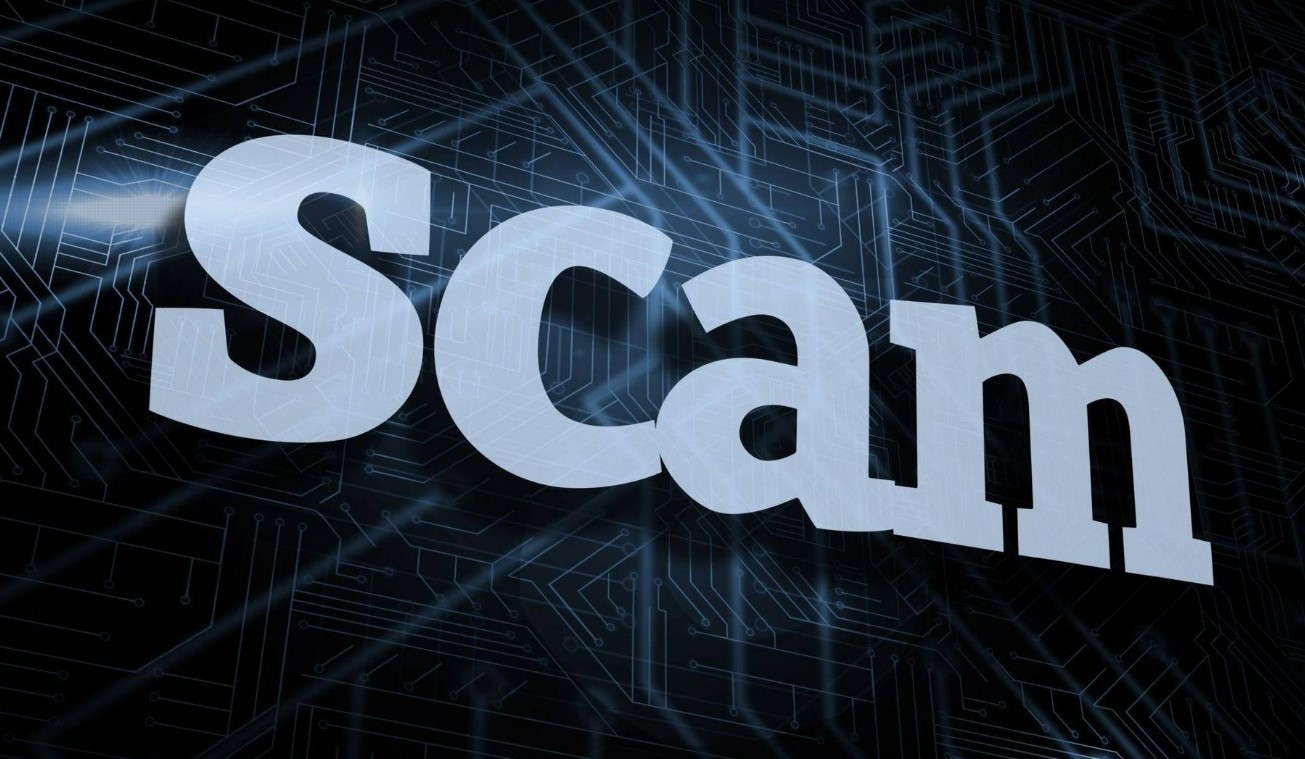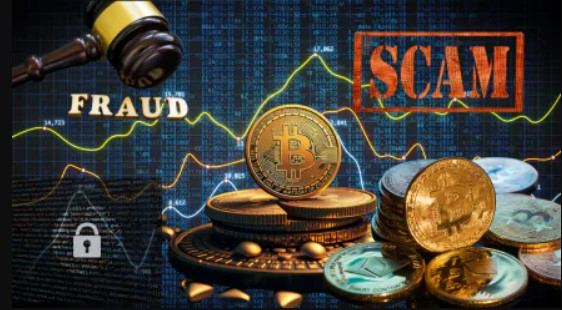CoinFire.net Scam Review -Illusion of Crypto Investment
When you first land on CoinFire.net, you’re greeted by bold claims: “Next-generation crypto trading for everyone”, “automated profit engines”, and “global blockchain investment access.”
The language sounds modern, the visuals look sleek, and the promise is simple — effortless wealth through digital innovation.
But once you scratch beneath that polished surface, the story begins to crumble. CoinFire.net is one of those platforms that embodies the darker side of the online investment world — where marketing brilliance conceals manipulation, and “returns” exist only on a dashboard.
This article digs deep into the CoinFire.net operation — exploring how it lures investors, what evidence exposes it as a likely scam, and why regulatory silence doesn’t mean legitimacy.
1. The First Impression Trap: Design, Language, and Seduction
CoinFire.net presents itself as a hybrid between a trading platform and an AI-driven wealth manager. The landing page is filled with buzzwords:
“AI-powered algorithms that outperform markets.”
“24/7 liquidity.”
“Guaranteed minimum yield up to 4.8% daily.”
For the untrained eye, it looks like the future of investing.
There’s even a section claiming affiliations with “leading global exchanges,” citing Binance, Coinbase, and Kraken — but none of those brands publicly acknowledge any connection to CoinFire.
Visitors are encouraged to register quickly. The signup form promises instant access to live trading dashboards. Deposits start as low as $250, with upper tiers promising “enterprise-level investment tools” and “passive income packages.”
On paper, it sounds legitimate. But it’s in the small print (and sometimes the absence of it) that the real story lies.
2. What Happens After You Register
Victims who’ve interacted with CoinFire.net tell a near-identical story. After signing up and making a small deposit, a “financial advisor” or “crypto expert” calls them — often from a European or UK-based number — guiding them through the system.
The first week usually shows spectacular results. A $250 deposit appears to grow to $600 or $800 within days. The user interface updates in real time, showing “profits” and “trade histories” that look authentic.
This success is intentional. It’s bait.
Once the investor starts to believe, the representative encourages upgrading to a higher tier — usually between $1,000 and $10,000. The promise: “bigger exposure, better algorithms, higher returns.”
Then comes the turning point.
When the investor tries to withdraw funds — whether profits or the initial deposit — things suddenly stall. Customer support becomes unresponsive. Withdrawal requests are marked “under review.”
Sometimes, the client is told to “pay a withdrawal fee” or “verify tax clearance”. Other times, the account gets frozen entirely.
By the time the investor realizes what’s happening, it’s too late — the funds are gone.
3. The Evidence Pile: Why CoinFire.net Rings Every Scam Alarm
A quick forensic sweep of CoinFire.net reveals glaring inconsistencies and high-risk indicators.
🚩 1. No regulation or licensing
CoinFire.net lists no verifiable licence number, no regulator, and no registered corporate entity. It uses vague language like “governed by global financial standards” but fails to name any authority.
🚩 2. Anonymous ownership
The domain was registered in late 2023 under a privacy shield, hiding the true operator. Legitimate trading firms are transparent about their directors, physical offices, and corporate registrations.
🚩 3. False credibility markers
CoinFire.net’s “About Us” section features stolen stock photos of executives with made-up names. Reverse image searches show the same faces used on multiple unrelated scam sites — a tactic to build false trust.
🚩 4. Unrealistic returns
Claims of “guaranteed daily profits” are an immediate red flag. Financial markets are volatile — no legitimate entity guarantees consistent daily returns, let alone 4–5 percent every 24 hours.
🚩 5. Copy-paste infrastructure
The site structure and layout match that of several defunct scam platforms, including old crypto Ponzi schemes that disappeared in 2022–2023. The dashboard visuals and wording (“Tradebot AI v3,” “Profit Matrix”) are identical clones of older fraudulent templates.
🚩 6. User complaints and domain churn
Reports on scam forums mention that CoinFire.net sometimes redirects to similar names (like CoinFire Trade or CoinFire FX) — a pattern common in operations that rebrand to escape detection.
These factors combined paint a clear picture: CoinFire.net is a repackaged investment scam operating under a modern crypto aesthetic.
4. How the Psychology of CoinFire.net Works
The operators behind scams like CoinFire.net don’t rely on technical skill — they rely on human emotion. Let’s break down their psychological playbook.
a. Authority illusion
By referencing big names like “Binance” or “Coinbase,” they borrow credibility through association — even without consent.
b. Fear of missing out (FOMO)
Phrases like “limited investment slots” and “algorithmic trading window closing soon” trigger urgency, pushing users to act fast.
c. Trust through interface
A slick, professional dashboard with moving charts and a live “market feed” creates visual legitimacy. Most users assume it’s connected to real exchanges when it’s just front-end animation.
d. Early positive reinforcement
By showing quick paper profits, they activate dopamine and trust — users believe the system works, so they double down.
e. Shame and silence
Once victims realize the truth, many don’t report it out of embarrassment, which allows the scam to continue largely unchallenged.
CoinFire.net weaponizes psychology as effectively as it manipulates code.
5. The Broader Pattern: Clone Networks and Domain Recycling
CoinFire.net is not an isolated operation. Cyber-fraud analysts have documented large clusters of crypto scams sharing infrastructure, design templates, and even the same hosting providers.
Typically, the process works like this:
-
A new site launches with aggressive online ads and social media campaigns.
-
Within months, the domain gains hundreds of deposits.
-
Complaints begin appearing online.
-
The site disappears or redirects to a new domain.
-
A “new” platform launches using the same assets but a different name.
CoinFire.net’s technical fingerprint matches this lifecycle. Its layout, colour scheme, and backend structure resemble at least three known scams from 2023 that have since vanished.
That suggests the same group — or an affiliated network — is behind it.
6. Why Regulation Matters (and Why CoinFire Has None)
In financial markets, regulation equals accountability. It means the company must:
-
Keep segregated client funds.
-
Pass independent audits.
-
Follow anti-money-laundering laws.
-
Maintain dispute-resolution mechanisms.
CoinFire.net sidesteps all of that. It calls itself “global,” which is vague enough to sound powerful but specific enough to avoid responsibility.
When you can’t find a verifiable licence ID, physical address, or legal entity name, it means there’s no real company behind the site — only operators running a temporary shell.
7. The Victim Experience: A Human Side
To understand the damage, here’s a composite of real accounts from investors who dealt with similar schemes.
“They called me daily. At first, I made $300 into $900 in two weeks. They said if I invested $5,000, I could withdraw anytime. When I tried to take $500, they said my account needed to be upgraded. Then silence. I can’t log in now.”
“I asked for a refund, and they said they’d ‘process it after AML verification.’ Then they blocked my number. My account still shows $17,000 profit that I’ll never see.”
These aren’t isolated experiences — they form a recognizable pattern that has cost investors worldwide millions collectively.
8. The Tell-Tale Signs You’re on a Scam Platform Like CoinFire.net
Here’s how you can identify similar traps early:
-
Unverified claims of registration or regulation.
-
Promises of guaranteed or daily profit.
-
High-pressure sales tactics or repeated calls.
-
Anonymous founders or nonexistent physical address.
-
Dashboard profits that don’t match real blockchain data.
-
Fees or deposits required before withdrawal.
-
No third-party audit or independent oversight.
CoinFire.net triggers every single one.
9. The Final Verdict: CoinFire.net is Not What It Pretends to Be
After reviewing its claims, domain data, user reports, and structure, there’s overwhelming evidence that CoinFire.net operates as a fraudulent or unlicensed investment platform.
It’s polished, persuasive, and technically well-crafted — but entirely hollow beneath the surface. Every element that should build credibility (regulation, identity, verifiable performance) is fabricated or absent.
CoinFire.net fits the definition of an investment scam: a platform that simulates returns to extract deposits, while offering no legitimate trading activity or withdrawal transparency.
10. Closing Thoughts: Lessons from the CoinFire Mirage
The CoinFire.net story isn’t just about one website — it’s about a broader ecosystem of deceit built on the excitement of cryptocurrency.
The promise of quick wealth remains one of the most powerful hooks in modern finance. As long as that temptation exists, new names like CoinFire.net will continue to appear — same scam, different domain.
The best defence is vigilance. No matter how professional a website looks, if it guarantees profit or hides behind vague “AI” and “automated trading” claims, it deserves extreme skepticism.
CoinFire.net has perfected the art of digital illusion — but once you look beyond the glittering interface, all that’s left is an empty promise.
Report CoinFire.net Scam and Recover Your Funds
If you have lost money to CoinFire.net, it’s important to take action immediately. Report the scam to Jayen-consulting.com, a trusted platform that assists victims in recovering their stolen funds. The sooner you act, the better your chances of reclaiming your money and holding these fraudsters accountable.
Scam brokers like CoinFire.net continue to target unsuspecting investors. Stay informed, avoid unregulated platforms, and report scams to protect yourself and others from financial fraud.
Stay smart. Stay safe






